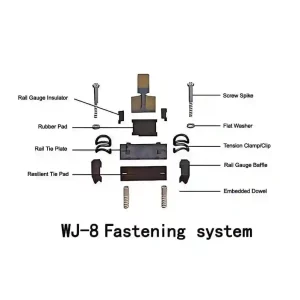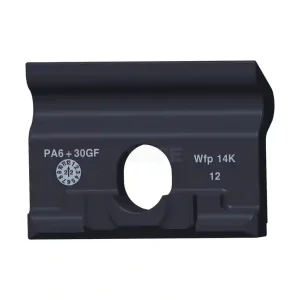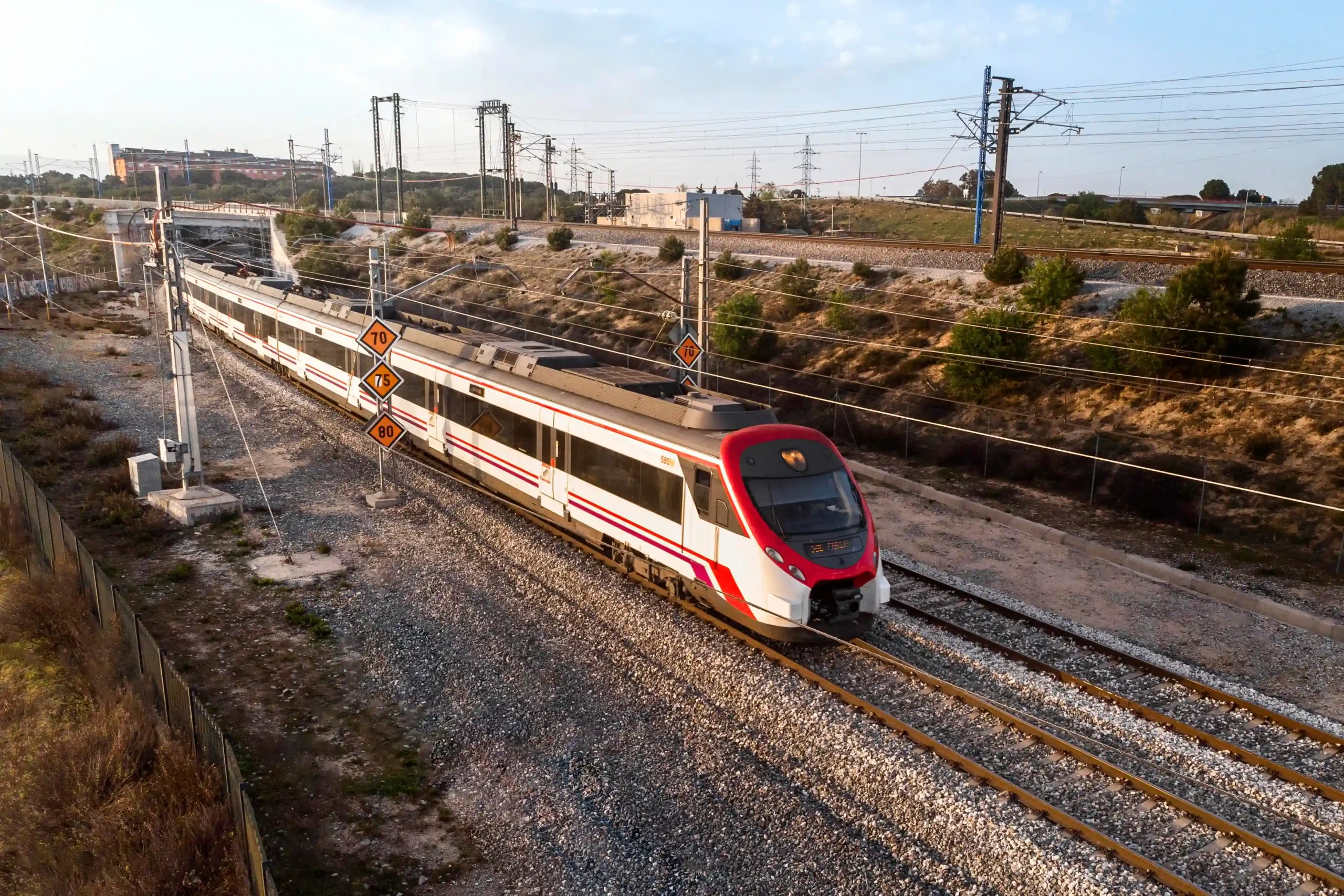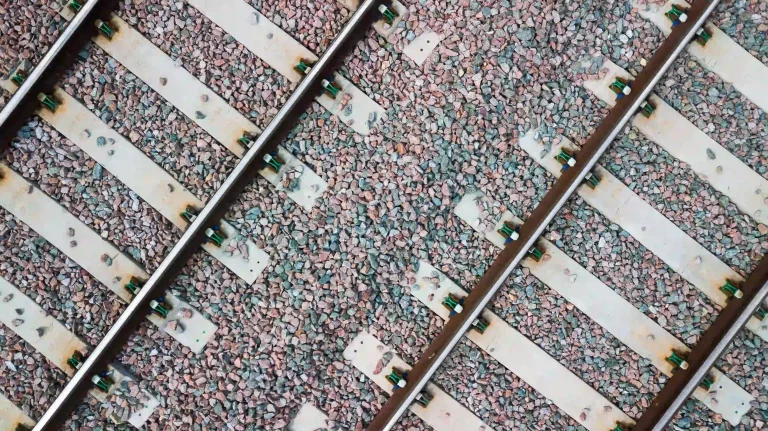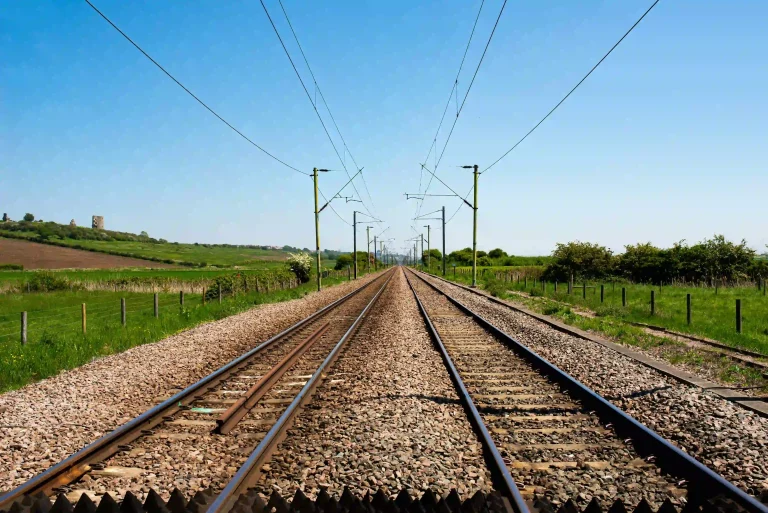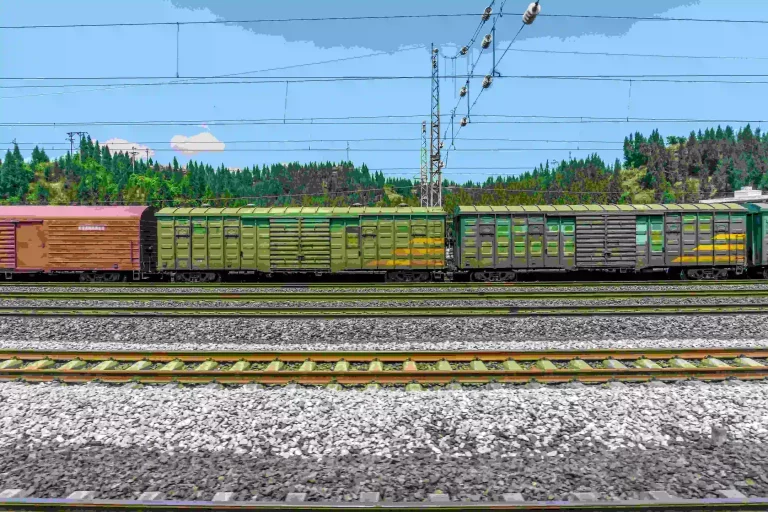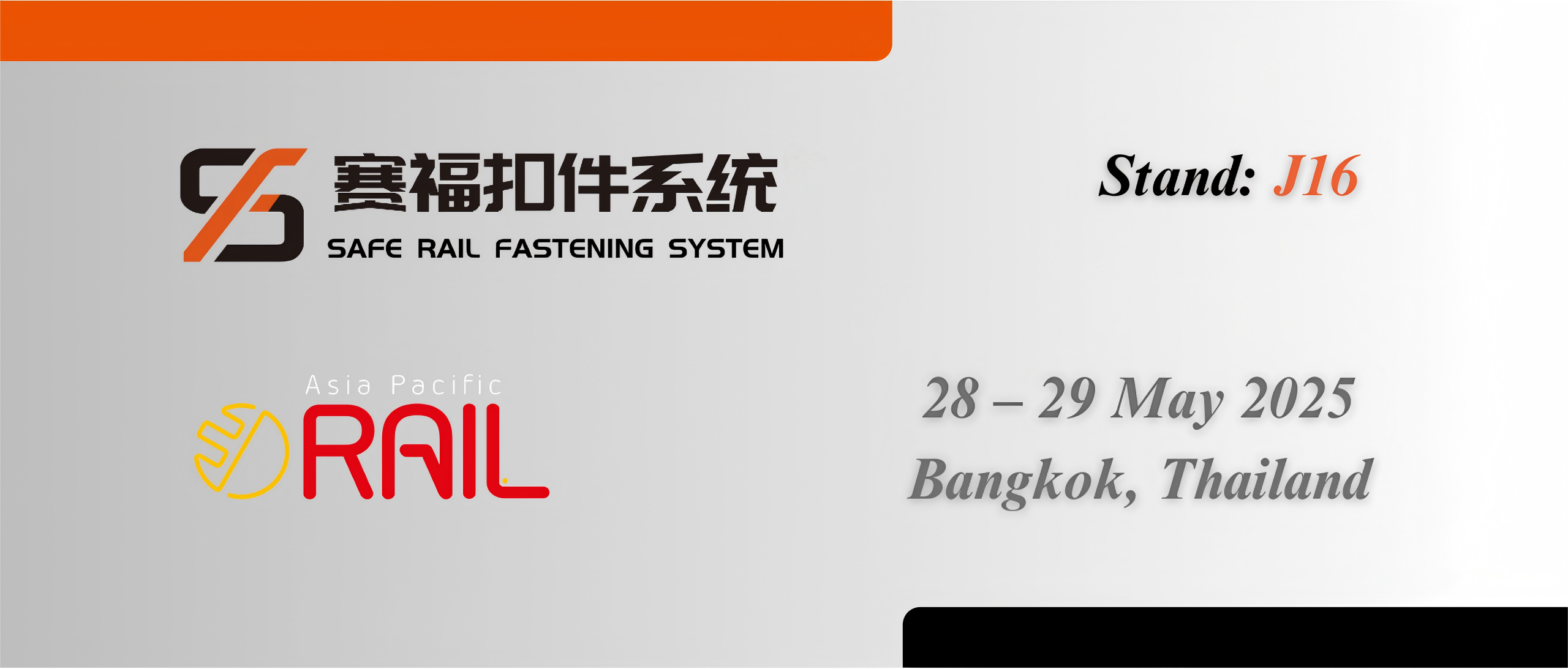Rail gauge baffles are essential in railway systems as they help maintain track stability and prevent derailments, playing a role in ensuring safety and efficiency in rail transport operations.
What is the Role of Rail Gauge Baffle in Railway Systems?
In the realm of railway networks, the rail gauge barrier plays a crucial part in guaranteeing the seamless functioning and safety of train journeys. Being aware of its role and importance is essential for individuals working in railway engineering and infrastructure.
Definition and Purpose of Rail Gauge Baffle
The rail gauge baffle plays a role in keeping the rails at the right distance apart to maintain safety for train travel and prevent accidents by stabilizing the track structure and limiting lateral rail movement.
Historical Development of Rail Gauge Standards
Throughout history, the standards for rail gauges have changed to meet advancements and local needs. At first, different regions chose their gauges based on what was practical and available. As time went on, efforts were made to standardize for the benefit of trade and travel, resulting in the widespread use of common gauges like the standard gauge (1435 mm) in many places around the world.
Importance of Rail Gauge in Railway Infrastructure
The size of the railway tracks plays a role in railway infrastructure because it impacts the compatibility of trains as well as their speed and safety features. Having a rail gauge throughout different networks enables smooth operations and the ability to interchange rolling stock easily. Moreover, it also plays a role in shaping the design and deployment of fastening systems for railways that are vital for keeping the tracks intact and functioning smoothly.
What are the Types of Railway Fastener Systems?
Rail fastening systems play a role in securing rails to sleepers or ties to maintain track stability and alignment under different conditions, like load capacity and environmental factors, while considering maintenance requirements.
Overview of Common Fastener Systems
Various types of fastener systems are utilized in railway construction for purposes due to their distinct features and suitability for diverse applications.
Elastic Rail Clips
Railway contractors often prefer rail clips because of their capacity to consistently exert pressure along the rail to adapt to temperature changes by expanding and contracting effectively, while also providing good flexibility and needing little upkeep.
Bolted Fastening Systems
Bolted fastening systems provide a robust connection between rails and sleepers. They are typically used in heavy-duty applications where high loads are expected. The bolts can be easily adjusted or replaced during maintenance operations.
Direct Fixation Fasteners
Fixation fasteners connect rails directly to steel structures without the need for traditional sleepers, which is commonly seen in urban transit setups with limited space availability.
How Do Different Rail Gauges Affect Fastener Systems?
The need for railway fastener systems arises due to the differences in rail gauges, requiring unique designs and materials to guarantee efficient performance under different circumstances.
Variation in Fastener Design for Different Gauges
Various types of rail tracks need types of fasteners to account for the different spacing between the rails, making sure that they can securely hold the rails in place while still allowing for some movement along the track.
Material Considerations for Fasteners Based on Gauge
The choice of materials for fasteners depends on the rail gauge in use, with certain materials being favored for gauges based on their mechanical characteristics or ability to withstand environmental factors, like corrosion and wear.
Impact of Gauge on Fastener Durability and Maintenance
Rail gauge selection plays a role in determining the durability and maintenance needs of fastener systems on the tracks, as higher loads might call for stronger materials or increased inspections to maintain safety and performance standards over time.
What are the Challenges in Integrating Rail Gauge Baffles with Fasteners?
Incorporating rail gauge baffles with fasteners poses a number of obstacles that require planning and precise engineering methods.
Compatibility Issues Between Baffles and Fasteners
A common issue involves making sure that the baffles and fasteners work well together when upgrading tracks with new parts. If the design specifications don’t match up properly, it could cause misalignment or insufficient support. Should be handled carefully.
Addressing Environmental and Load Challenges
Changes in the environment, like varying temperatures and exposure to moisture or mechanical stress, can impact both the baffles and fasteners of a system. Creating systems that can endure these challenges while still working effectively is essential for ensuring lasting reliability.
Solutions for Common Integration Problems
In order to tackle integration obstacles successfully, it’s crucial to introduce solutions early in the design process. By fostering partnerships with industry players such as SAFE Rail Fastening System (Zhejiang) Co., Ltd., who offer engineering consultancy services and advanced manufacturing capabilities, we can achieve peak performance in diverse scenarios by leveraging top-notch materials manufactured under rigorous quality control systems, like the ISO9001 Quality Management System and other insights shared in their informational resources!
How Does SAFE Ensure Quality in Rail Gauge Baffles and Fastener Systems?
Introduction to SAFE as a Supplier
SAFE Rail Fastening System (Zhejiang) Co., Ltd is situated on a 50-acre parcel of land in the bustling manufacturing hub of Zhejiang Province in China. Having poured over 50 million RMB into its operations and boasting a production capacity that surpasses 5 million sets of rail fastening systems, SAFE has firmly positioned itself as a significant contender in the industry. The company has a state-of-the-art warehouse that can hold up to 30 thousand tons of goods and is equipped with advanced production lines and labs containing more than 100 different imported automated production and testing tools.
Quality Assurance Practices at SAFE
SAFE follows quality control procedures to guarantee the dependability and efficiency of its rail gauge baffles and fastener systems. They operate under the guidance of management systems like ISO9001 Quality Management System and ISO14001 Environmental Management System, along with ISO45001 Occupational Health Management System. These structures support the creation of a robust performance management model that incorporates the “6S” Management System, EPR Management System, and JIT Production Management Method.
Conclusion
The combining of rail gauge baffles with railway fastener systems brings about possibilities and difficulties in upholding track stability and safety standards, which can be managed effectively through the application of advanced engineering techniques and the collaboration with experienced suppliers, such as SAFE Rail Fastening System (Zhejiang) Co., Ltd.
FAQs on Rail Gauge Baffles and Railway Fastener Systems
How do rail gauge baffles contribute to track stability?
Rail gauge baffles are essential for keeping the tracks stable by ensuring that the rails stay properly spaced apart to prevent any side-to-side movement that could cause derailments or safety concerns. These baffles also offer support to the track system to maintain alignment and minimize strain on fasteners over time.
Are there universal fasteners for all rail gauges?
There are no one-size-fits-all fasteners for all rail gauges because each gauge has its design specifications that require specific fastener designs to match its unique dimensions and load demands, ensuring compatibility and optimal performance across different railway networks.
What maintenance practices are recommended for railway fastener systems?
Ensuring the durability and trustworthiness of railway fastener systems requires upkeep and care with suggested guidelines such as:
- Routine inspections to identify signs of wear or damage
- Timely replacement or adjustment of worn or damaged components
- Lubrication of moving parts where applicable
- Monitoring environmental conditions that may affect material integrity
- Implementing preventive measures against corrosion or other forms of degradation
These methods aid in preserving the integrity of the track while reducing any risks of disturbances or safety issues linked to fastenings.
Industry experts can improve railway infrastructure performance and safety by grasping the elements of rail gauge baffles and railway fastener systems. Leading suppliers, like SAFE Rail Fastening System (Zhejiang) Co., Ltd., provide top-notch solutions using engineering methods to meet safety standards effectively.



